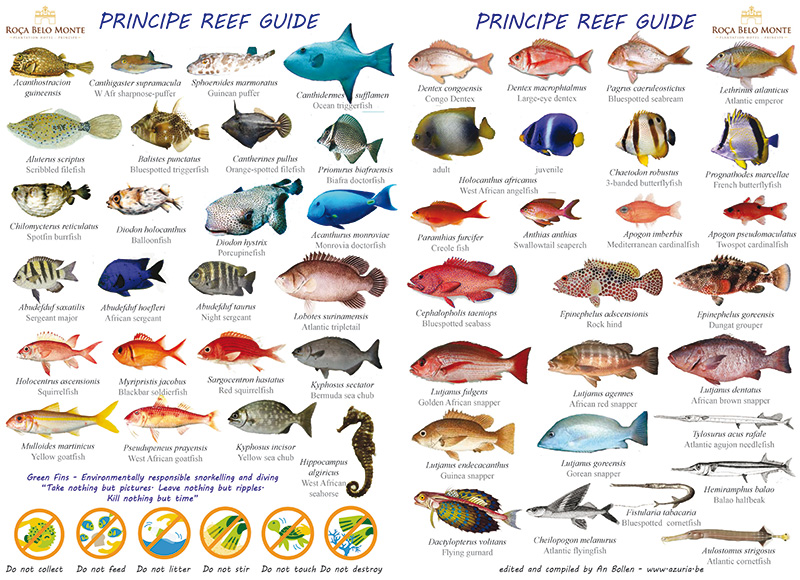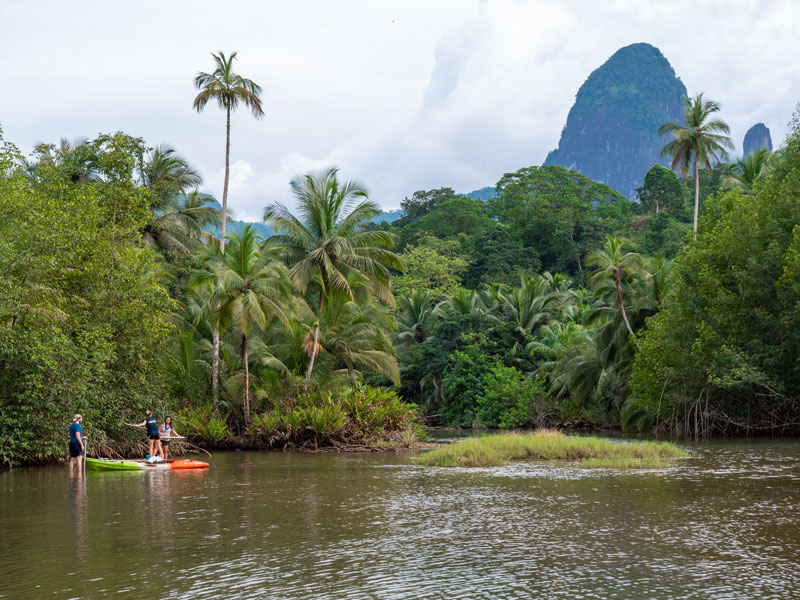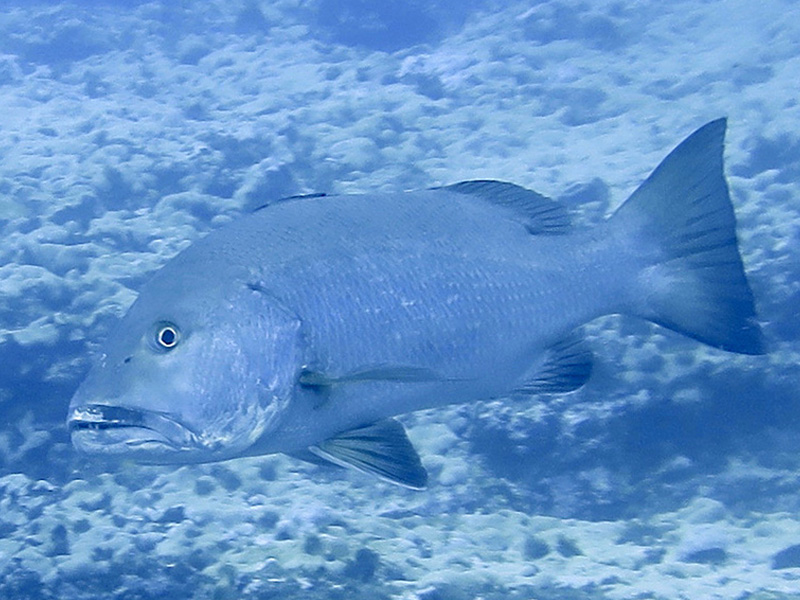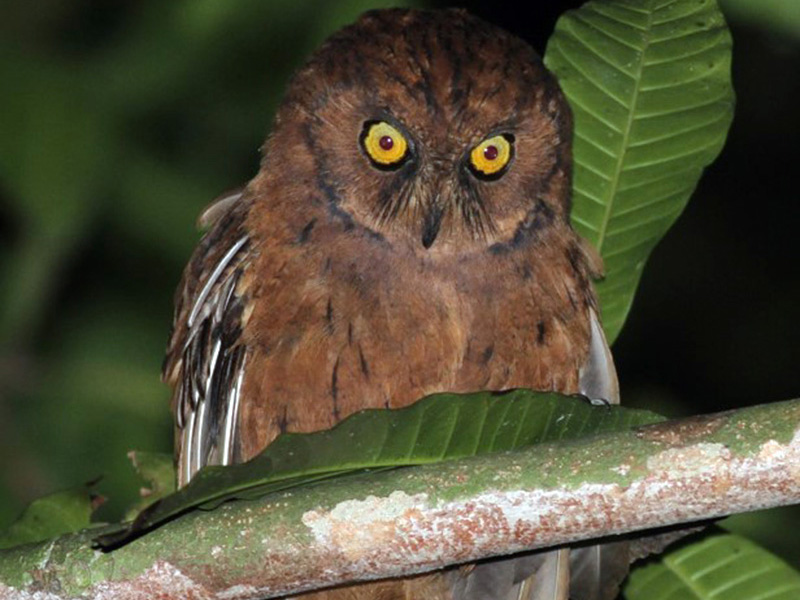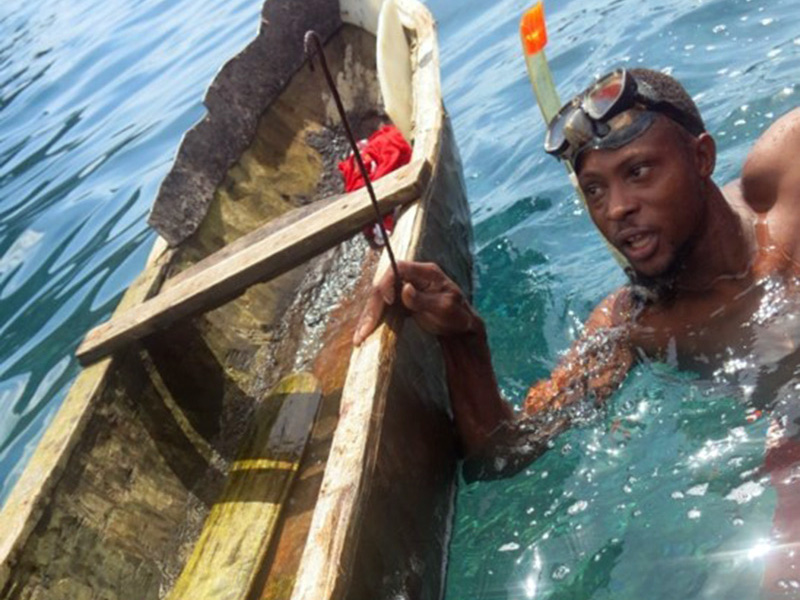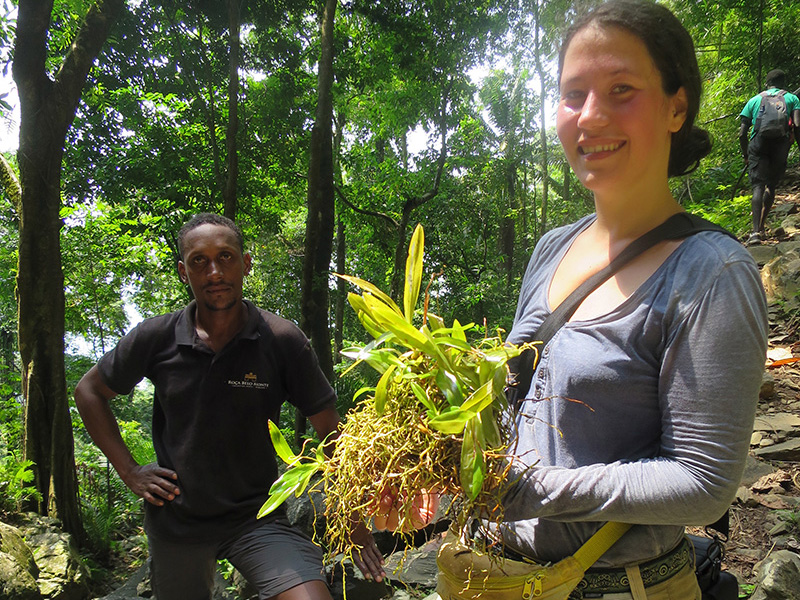Context: Citizen science encompasses many different ways in which citizens are involved in science. It is a way to channel existing interests, dedication and expertise of amateurs, as well as a participatory way to involve people in informal learning, data collection, research and give them a hands-on outdoor nature experience while inspiring their awareness on local biodiversity and conservation issues.
Within Belo Monte’s Conservation Tourism Programme a Citizen Science Scheme fits nicely and would offer tourists independent or self-guided activities close to nature within the concession while providing the right tools so they can actually contribute to a life database on the local biodiversity. This scheme can offer guests something memorable and at the same time improves Belo Monte’s corporate social responsibility and sustainability charter through continuous biodiversity monitoring on the premises.
The suggested Citizen Science scheme would encompass three charismatic taxonomic groups; butterflies, birds, and reef fish. Ideal sites on the premises include the Hotel gardens, the road leading up to Belo Monte, Praia Banana and the house reef, the tidepools at Praia Caju, the trail between both viewpoints and the Banana viewpoint. It is important to set modest goals for the scheme in order to be viable and open for all to join. Data compilation needs to be ensured on a regular basis to remain relevant and quality control of the data is necessary. Monthly biodiversity updates could be displayed in the museum so tourists’ interest gets triggered. An additional option would be to participate in global citizen science events at fixed times throughout the year, such as eBird monitoring (www.ebird.org) or the International Waterbird Census (iwc.wetlands.org) to upload data on birds on global databases.
Aim: Monitoring butterflies, birds and reef fish biodiversity across seasons and years within the concession through a participatory approach.
Methods:
Carefully design a Citizen Science Scheme methodology that is viable, easy to manage, low maintenance and with relevant data on local biodiversity, highlighting indicator species of healthy habitats. Collect baseline information on different sites to populate the initial database. Make a map indicating the main areas of interest within the BM premises. Develop species ID cards based on available literature and species guides. Decide on a user-friendly way for data input (notebooks, app, online data sheets or other).
Expected output:
- A map of Belo Monte premises with indication of key biodiversity hotspots and indicator species
- Waterproof speciesID cards with drawings for each taxonomic group (birds, fishes, butterflies)
- A register (written in a notebook or recorded through an app or online) to keep track of the data, available for consultation at the Belo Monte Museum
- First year data analysis with monthly updates and suggestions for increased protection of key areas


